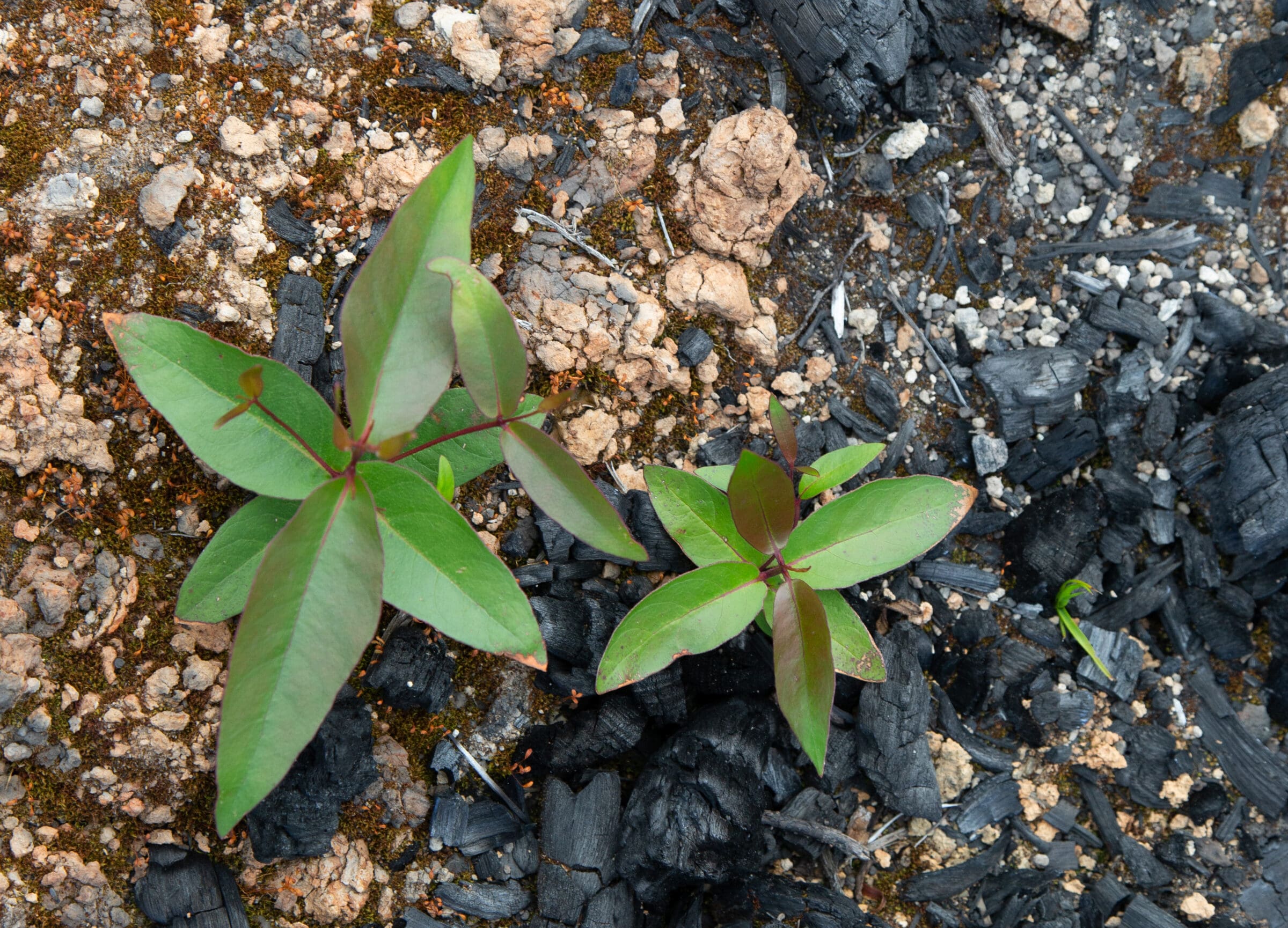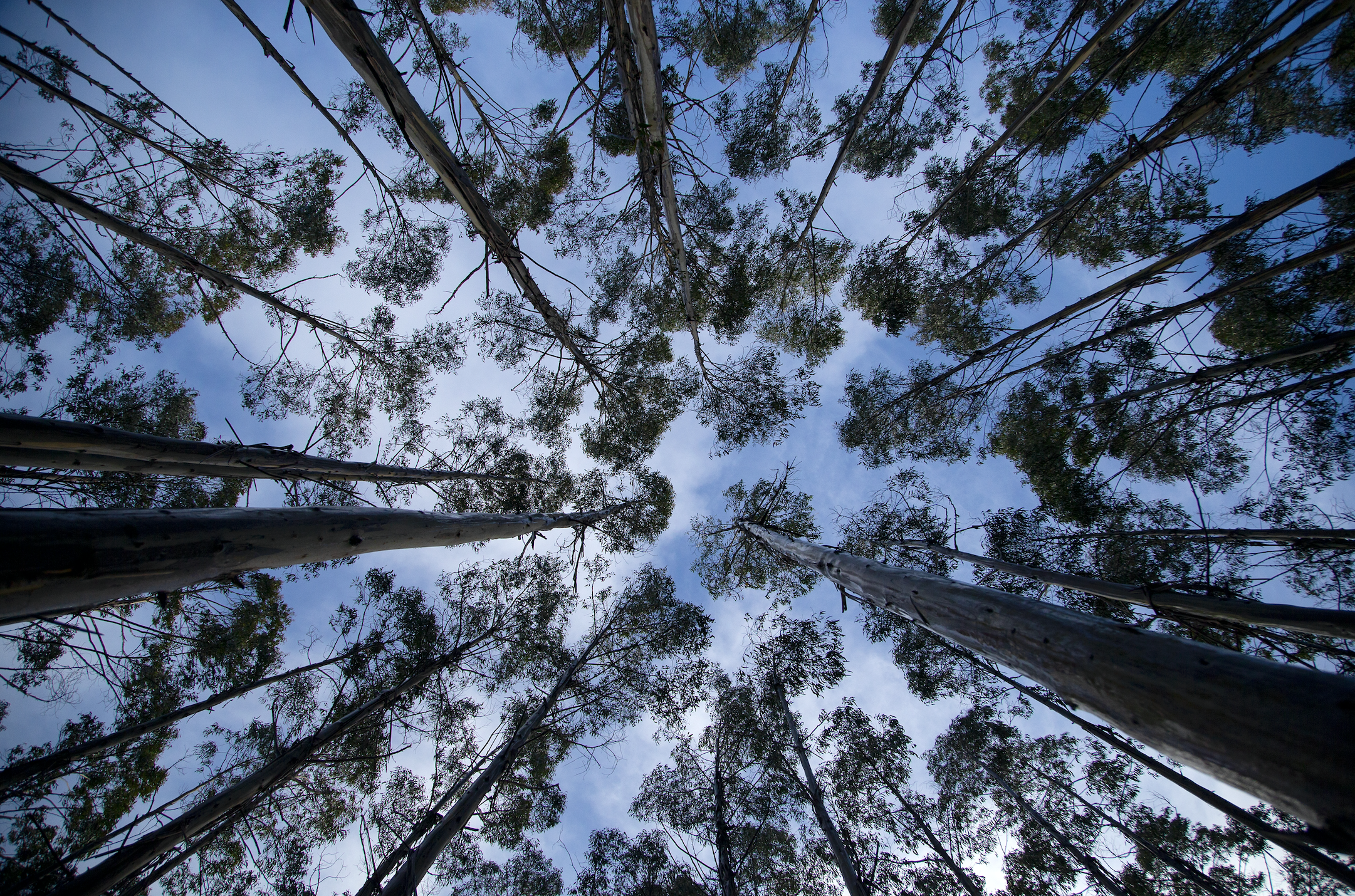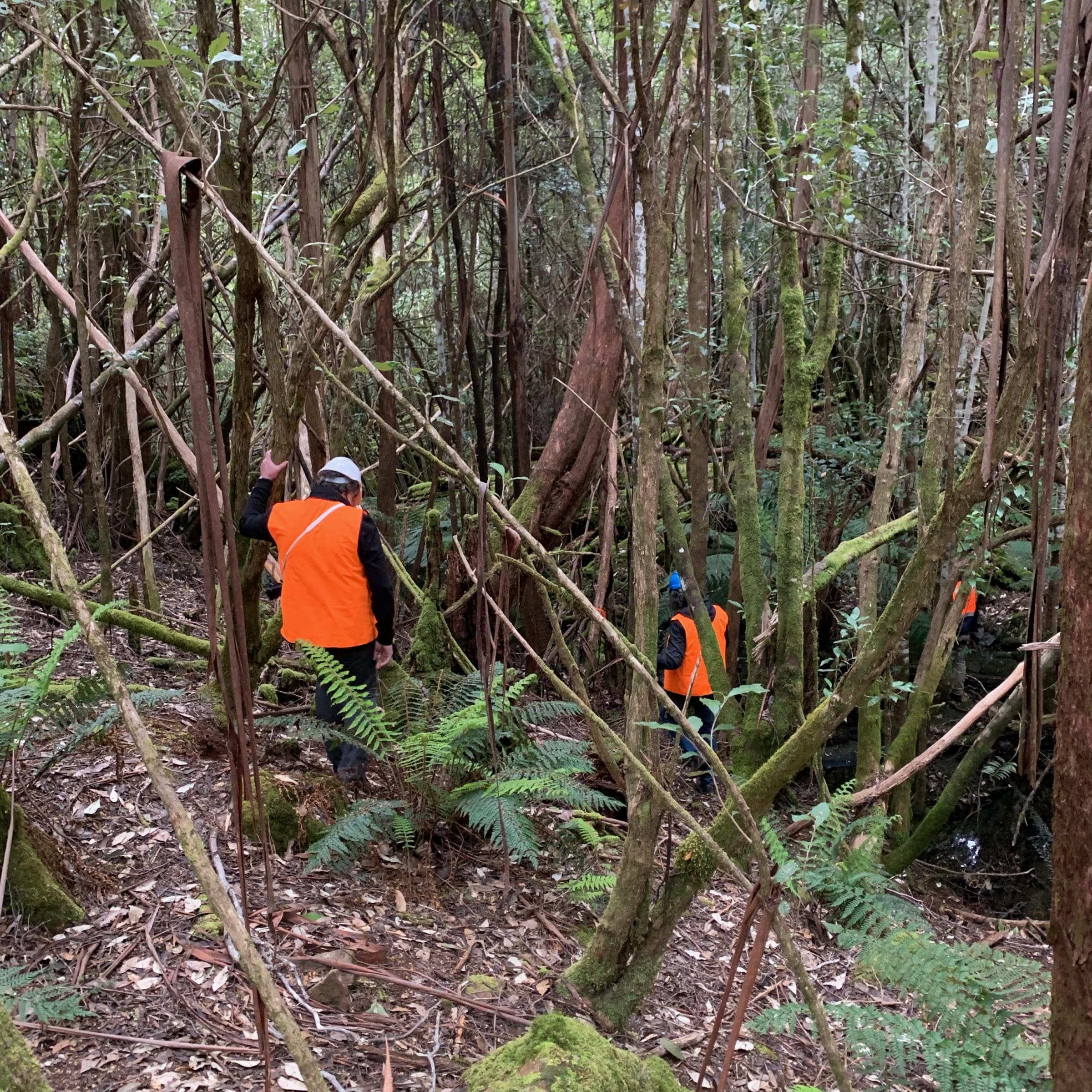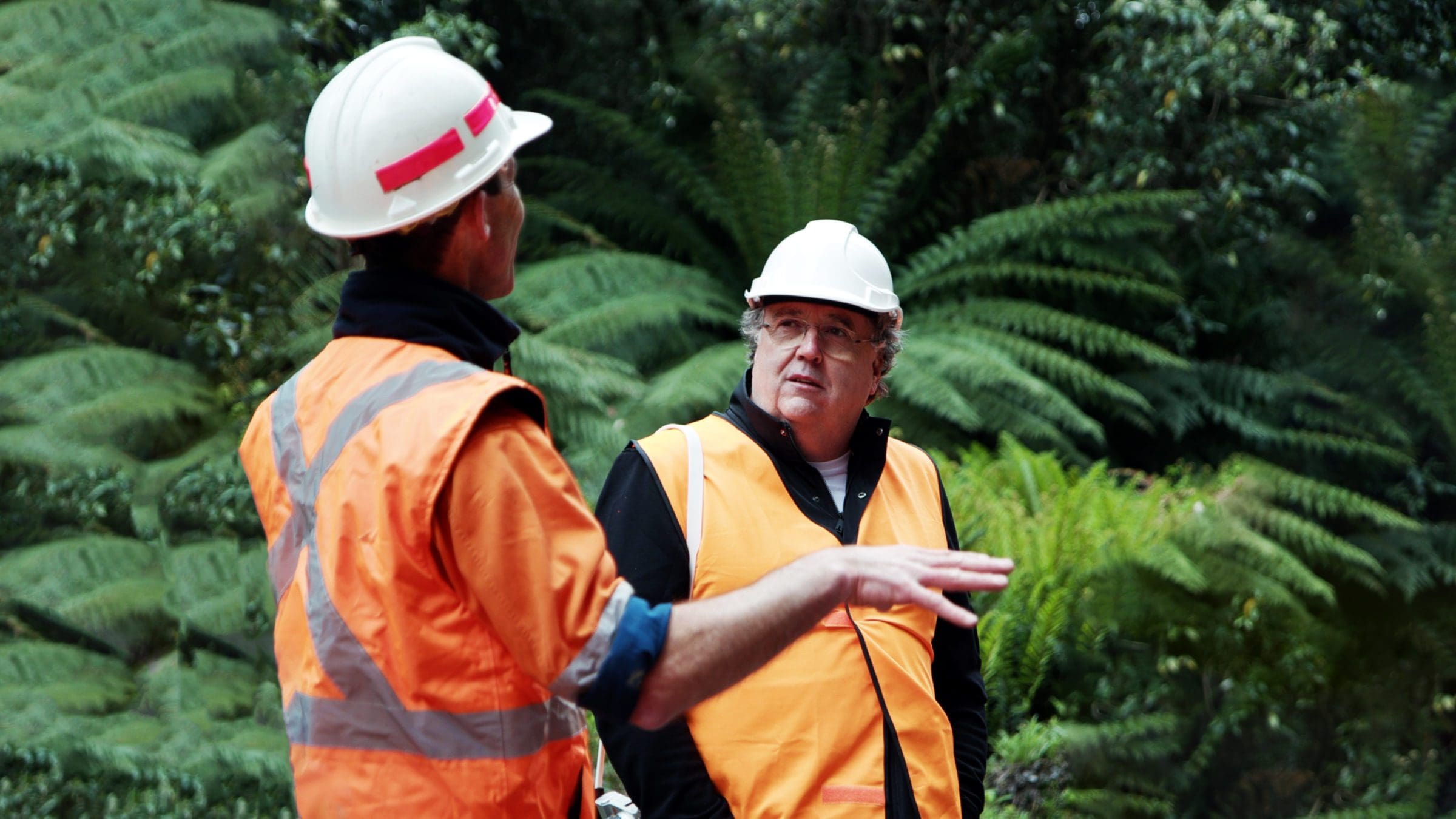
Forest Management
Forestry in Tasmania occurs on both public and private land and all forestry operations are governed by the Tasmanian forest practices system. This ensures sustainable management across Tasmania’s forest estate.
A Government Business Enterprise (GBE), Sustainable Timber Tasmania (STT) manages forestry on public land on behalf of the people of Tasmania. Individuals and private companies manage forestry on private land. The timber products supported by the ORIGINAL Tasmanian timber campaign are sourced from the public forests. These make up only 30% of the state’s forestry production.
In 2022-2023, Sustainable Timber Tasmania contractors harvested and transported over 1.2 million tonnes of forest products to various production facilities. This included 160,700 cubic metres of mainly regrowth eucalypt sawlog and 8,381 cubic metres of special species timber sawlogs. This makes public regrowth forestry in Tasmania a boutique industry. In the same period, 3.7 million tonnes of logs, or 70% of Tasmania’s total production, came from the private forest estate, mainly from plantation softwood and hardwood forests.
As a comparison to Tasmania’s total timber harvest of 4.9 million tonnes, 34.38 million tonnes of material was harvested from New Zealand in 2021. While New Zealand’s land area is only four times that Tasmania, it harvested seven times the amount of timber.
Tasmanian public Permanent Timber Production Zone (PTPZ) forests
Nearly half of Tasmania total land mass of 6.81 million hectares is forested. Native forest makes up 91% of this area and 9% are plantations.
Of Tasmania’s total native forest area, 1.255 million hectares are in conservation and public reserves, and 812,000 hectares of public land are available for forestry in the Permanent Timber Production Zone (PTPZ) managed by Sustainable Timber Tasmania. STT harvests approximately 1% of PTPZ forests annually and then actively regenerates the harvested sites using seeds collected from trees from those sites. This annual cycle of harvesting and regenerating underpins STT’s sustainable management of the forest estate. Forests of private land account for another 837,000 hectares.
Plantation Forestry
In addition to regrowth forestry, there is 250,00 hectares of privately owned and managed timber plantations.
Fast Facts
- In 2022-2023, STT harvested 6,000 hectares of native forest to provide the resource for forest products.
- STT contractors harvested and transported over 1.2 million tonnes of forest products, including 160,700 cubic metres of eucalypt sawlog and 8,381 cubic metres of special species timbers.
- 77% of operations were completed using partial harvest methods.
- 186 million seeds were sown to actively regenerate harvested hectares.
The Tasmanian State of the Forest Report
Tasmania’s State of the Forests report is submitted every 5 years to the Tasmanian Parliament in accordance with the Forest Practices Act 1985. This report keeps the public informed about Tasmania’s forests, their management, use and conservation.
This report publishes data on 7 criteria with 42 indicators assessing the sustainability of forest management. These criteria and indicators are based on the Montreal Process and were agreed on by the Tasmanian and Australian governments with stakeholder input as part of the Tasmanian Regional Forest Agreement (RFA), a bilateral agreement between these governments. The Montreal Process arose from a resolution at the 1992 Earth Summit. Its purpose was to advance the development of internationally agreed criteria and indicators for conservation and sustainable management. The RFA is a framework document underpinned by the forest management system.
These State of the Forests report indicators include:
- The conservation of Biological Diversity, including both forest and forest dwelling species diversity
- Maintenance of Productive Capacity of Forest Ecosystems, which includes both native forest and plantation forests
- maintenance of Ecosystem Health and Vitality
- Conservation and Maintenance of Soil and Water Resources
- Maintenance of Forest Contributions to Global Carbon Cycles
- Maintenance and Enhancement of Long Term Multiple Socioeconomic
- Benefits to Meet the Needs of Society
The report tables statistics about the current state of the Tasmanian forest. For example:
- In June 2021, Tasmania had 3.045 million ha of native forest, 202,000 ha of hardwood (eucalypt) plantation and 79,000 ha of softwood (radiata pine) plantation.
- Of the 2.27 million ha of native forest of known growth stage, 1.619 million ha (71%) was categorised as mature, 123,000 ha was regeneration (5%), and 523,000 ha was regrowth (23%).
- Almost all (99%) of the wilderness identified as high-quality under the RFA is protected within the CAR reserve system. This is an increase of 261,600 ha since 1996. The CAR (Comprehensive, Adequate and Representative) reserve system protects biodiversity, old-growth forests and wilderness areas.
Australia’s State of the Forests Report is the mechanism by which Australia meets legislative and policy obligations under the National Forest Policy Statement (NFPS) (1992), the Regional Forest Agreements Act 2002 (RFA Act), and the National Forest Industries Plan (2018) Growing A Better Australia.




